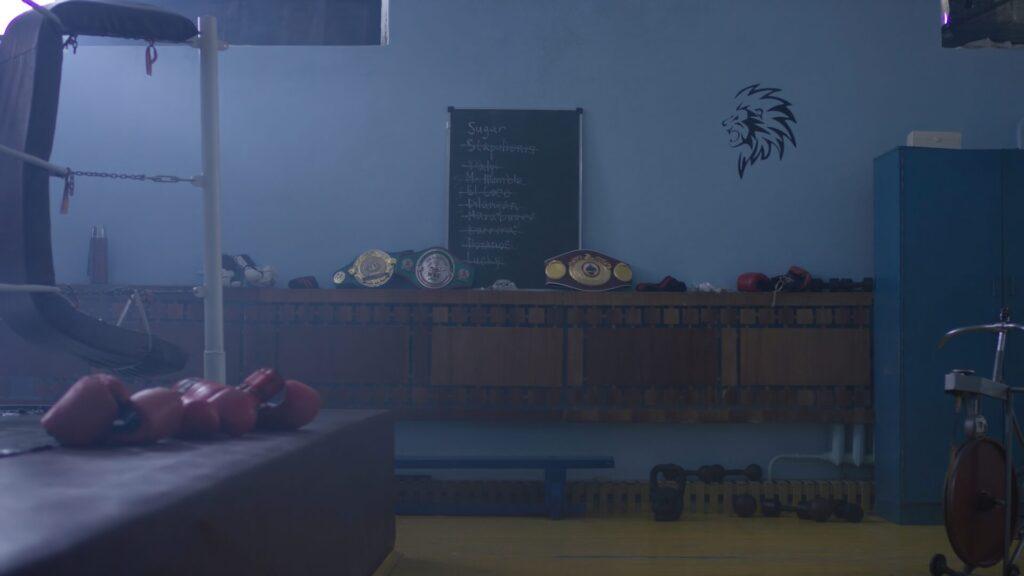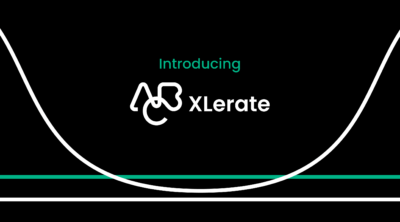A continuation of articles from our Fitness Founders series: Mehdi Elaichouni of Carpe Diem Jiu Jitsu Singapore shares his first-hand experience in how he has personally navigated challenges. He highlights key learnings and actionable takeaways to help new fitness businesses succeed. This article discusses key elements you need to consider when deciding on how much launch capital you need.
According to the RunRepeat Fitness Industry Statistics 2021-2028 report, the fitness industry is ready for post-pandemic growth with 2022 expected to generate a revenue of 190.56 billion.
This data sends signals of a good time to enter the industry but I would first answer two questions before making the decision to start my own fitness business: do I have the skills, and can I afford it? You can develop skills from having a passion for fitness, whether it’s yoga, weight lifting, or martial arts, and you can also gather skills from your work experience.
Next, you need to figure out the costs to start the business. While it may be safe to overestimate, it may end up putting you off. On the other hand, if you underestimate what you need at the start, you may run out of capital before things are complete. Instead, you need to find a balance between underestimating and overestimating your launch capital. The total cost to start a fitness business depends on factors such as location, size, target audience, and equipment. Start-up costs will vary considerably but here are a few elements you need to take note of.
Skip ahead to:
- 7 Essentials you will need to set up your gym
- Have a marketing budget in mind
- Work on your business forecast
7 Essentials you will need to set up your gym
The bulk of start-up costs will come from physical and digital assets needed to create your ideal space. Here is a list.
Rent and deposits
In Singapore, the amount of deposit you have to leave with the landlord depends on the lease duration signed. For example, a two-year lease will require two months of rental deposit. Some landlords also require a refundable renovation deposit, but it may take some time to be returned so make sure to check with the real estate agent on all the costs involved before signing your lease.
1. Gym renovation
Renovation costs can quickly add up if the initial planning is not thorough. I usually brief my contractor on renovation requirements, then visit the space together so that they can confirm if my brief is feasible. The contractor will also be able to tell you what can or cannot be done, or what needs to be adjusted. Don’t hesitate to ask the agent for drawings and plans of the space so you can have peace of mind before signing the tenancy agreement. It is inevitable for some issues to arise during actual renovation, so buffer an additional 10-20% on top of your original renovation budget.
2. Fitness equipment
On top of fitness equipment, plan ahead for furniture and any other peripherals you will need. These can include building a custom reception counter, CCTV system, TVs, computers, towels, and hair dryers. Costs can quickly add up and affect your capital if they were not planned for in advance.
3. Business management tools
I am a big advocate for automating and digitizing. The first items I signed on for were gym management software, website, domain name, accounting software, and service subscriptions. Operating a fitness business on a daily basis is going to be hard, so invest in tools and programs that will make day-to-day tasks more efficient – it is not worth your time doing manual administrative work just to save $15.
4. Legal fees and staff salaries
You will probably need at least one staff member on your team, so make sure to have enough for their salaries included in your capital. When starting a new business, there will be multiple legal documents that you will need to create. Even if you know the law it will be a better use of your time to delegate this to an outside counsel, so you free up your time to manage the entire setup.
The Top 10 Barriers
Slowing Your Fitness
Business Growth
Discover more 5. Government permits and licenses
These costs have always found a way to sneak up on me. In my second location, we found out in the middle of renovation that it was mandatory to install a fire hose reel within the unit. It was an $8000 cost that was not planned for, but it had to be done because of fire safety regulations. Make sure to check with relevant departments before you sign the tenancy agreement or start renovations. You can also take some time to speak with businesses in the same building, and check health and fire safety regulations with them. It may be faster than waiting to hear back from the authorities.
6. Gym insurance
In life, it is always good to know someone has your back. That’s what insurance does for your gym. Fees will vary according to the amount of coverage you need, so get a few cost comparisons from different insurance providers.
7. Gym utilities
There is going to be a big difference in utility bills for private accommodation and commercial space. You need to keep lights, water, and AC on for long hours in a gym. Costs can range from $400 to $4000 depending on the size of your studio. The best way to get an estimate here is to speak with your new neighbors who have similar operating hours.
Have a marketing budget in mind
A key element I’ve seen many forget about is a marketing budget. Even if you have a prime location, it is never safe to assume that customers will organically walk through your doors with an interest to sign up. A prime location may have strong foot traffic but you still need to market your gym and its offerings. Logically speaking, higher marketing spend will increase the acquisition rate, which will reduce the time needed for your business to break even.
I decided to focus on digital instead of traditional because it caters to both big and small budgets but more importantly, it is trackable with performance metrics available in real-time.
1. Digital marketing
The customer with the highest propensity to convert is someone who is actively searching online. This is where they will come across your website, visit your social profile, and maybe get in touch. “Maybe” is not great for new customer acquisition, so you need an online marketing strategy to build up brand awareness with the customer and follow up till they get in touch. Once you are in direct contact with the customer, your sales process can kick in. In terms of budget, it is really up to you. With online marketing, you can spend $50 a day or $500 a day on paid ads. The important thing to note is that you will need to review the performance on a daily basis to make sure your money is well spent.
2. Social media
Every brand, big or small, is on social media but few are using it effectively. It is easy to post content but you need to make sure your content is reaching as many of the right people as possible. Your goal for social media should be conversion, not communication. Develop a social media strategy that involves content and includes paid media to reach your target audience. Check out this blog post for more inspiration on social media marketing.
Work on your business forecast
After compiling set up costs, work on a one-year financial forecast with the following data points included:
- Operating expenses
- How sales will evolve
- Marketing spend
From this, you will see how long it is going to take you to break even, which will then allow you to know how much cash runway you need. Even if your forecasts show that the business will be cash flow positive in three months, you should prepare a minimum of six months of cash runway in the event of unforeseen spending or circumstances. When I started my second location, we were hit by a new wave of COVID restrictions that drove up the cost per lead by 30x. So make sure you have enough to keep funding your business till it breaks even.
Make sure you set up key performance indicators (KPIs) that can track the health of your business as you operate in the early months
In summary
When it comes to planning finances, I find more peace of mind with a slight overestimation. Like having a grand dream that is adjusted when it is time to make that dream a reality.















